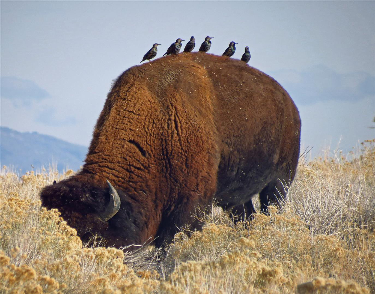Operational Cattle Farm in Georgia
Our initial land acquisitions are to be in west central Georgia spread across four counties, covers 14,850 acres and include four operational cattle farms in GA. We have chosen this area because we live in the area and are familiar with the land, weather, local economy, and landholders.
The growing season is nine months for gardens and ten months for grazing. The area has many rivers, springs,
and
lakes with an aquifer for necessary irrigation. Soils are fair to good and capable of rapid improvement. The terrain is rolling to flat. Tornados are known but not common. The elevation is from 700'-1200'. The average rainfall is 49" per year. The average highest temperature is 90 degrees. It is in a word - temperate.
These properties are less than 100 miles from Metro Atlanta, Georgia and its 6 million people worth of buying power. The land prices are reasonable and the properties we have been following for five years have come on the market as large tracts. The timing is perfect.
These conditions are also perfect for growing native tallgrass prairie grasses, which are among the most efficient carbon sequestration habitats. Staying within this temperate zone when expanding our operational cattle farms will certainly be a consideration. However, the model can work from South Africa to North Dakota to Romania. For our purposes, areas where large tracts are available, are also important.
1
If it was good enough for the buffalo, it would be good enough for our cattle. The prairies, savannas, and steppes around the world are worth considering for restoration back to their original function.
Expanding our holdings globally by developing grasslands around the world also expands our market for the food we produce.
Because we intend to have these grasslands sequestering carbon for hundreds or thousands of years, we also pay attention to the elevation. If all land-based ice melts, the seas are expected to rise approximately 230'. Only properties that are currently over 250' above current sea level will be considered. We are in this for the long run.
Why invest billions in military protection when billions invested in food security and climate stability ends the need for invasions and war? Investing in restoration adds stability and strengthens economic flexibility and international cooperation. We are all in this together.
At this scale of expansion, purchase of land might not be the preferable way to grow. Long-term lease agreements with profit sharing could be a possibility. Developing relationships with landowners in the regions where we expand also means that they will protect the holdings because they have a vested interest in the success.
We have created such a program for international development that promotes landowner involvement, the
"Landowner Investment Partnership"
on ucicglobal.com



